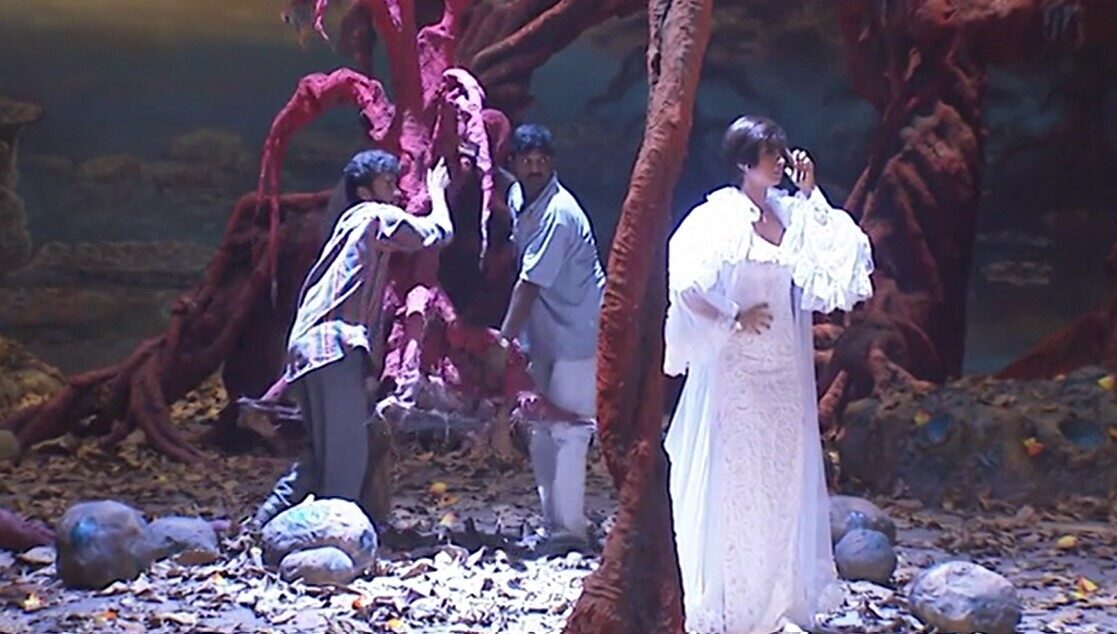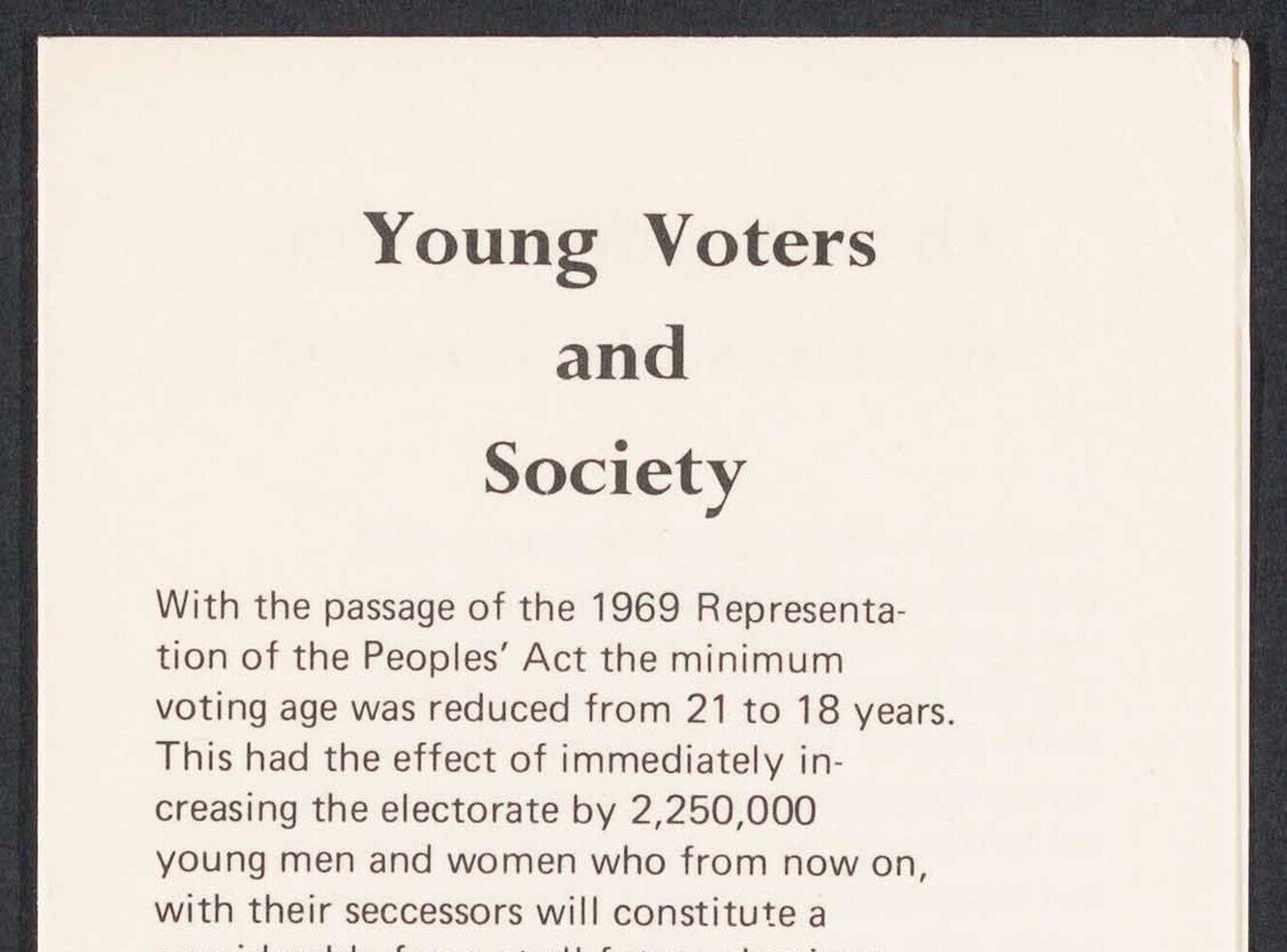Celebration and subversion: the power of song in Hindi cinema
By Sarah Birse, editor at AM.
In weather-fixated Britain spring has finally and boisterously arrived. Containers of recycling tenaciously await collection amidst the constant risk of being scattered into the tulips and daffodils. Hardy souls delight in the first opportunities to don shorts again and summer school uniforms are unearthed from the back of the cupboard. It’s the season of emerging colour and optimism, celebrated around the world with vibrant spring festivals, and none more so than the Hindu festival of Holi. Internationally recognisable with its bright Gulal, or coloured powders, Holi marks the triumph of good over evil with playful and joyful celebrations.
The exuberant dancing and community bonding which typifies Holi is also synonymous with the Hindi film industry. The Indian film industry is the largest in the world by film output and not far behind in terms of revenue. The major, and best known, sub-industry of Indian film production is Hindi cinema, which has a focus of production in Mumbai, formerly Bombay. The recently released Hindi Cinema: Histories of Film-making features interviews and on-set footage with key figures from the industry reflecting on films from the mid-twentieth to early twenty-first centuries. Directors, actors, music directors, choreographers, playback singers, lyricists, writers and others talk about their experiences and key themes in film-making. The resource contains over 80 hours of uncut footage, including interviews captured for the influential Movie Mahal which is credited with introducing British audiences to Indian cinema.

Amongst the many film-makers is an interview with Udayan Patel, a psychotherapist and sometime film co-producer. Patel discusses how Hindi films can reflect the Indian psyche. He talks about how group culture dominates in India and the root of this in a family unit where language, food and customs create the family identity. He explains that in order to unify communities and create broad appeal Hindi cinema utilises common elements and relies on fixed components and predictable patterns. This includes specific ways of moving between story elements and a fixed, knowable ending.

A distinctive element of this is the song sequences. Song sequences in Hindi films are not required to follow the same linear narrative rules as the rest of the film. The songs occupy a separate, dreamlike space where rules of location and behaviour can be ignored. This is the place where expectations can be subverted. Patel compares this to the role reversal which can be seen in some Holi celebrations, for example in the mock battle of Lath Mar Holi where women playfully beat men with sticks. The songs become a performance within a performance where the songs and dances of celebration allow for a poetic reflection not constrained by societal expectation.
About the author
Sarah Birse is an editor at AM.
About the collection
Hindi Cinema: Histories of Film-making is out now.
Recent posts

The blog highlights American Committee on Africa, module II's rich documentation of anti-apartheid activism, focusing on the National Peace Accord, global solidarity, and student-led divestment campaigns. It explores the pivotal role of universities, protests, and public education in pressuring institutions to divest from apartheid, shaping global attitudes toward social justice and reform.

This blog examines how primary sources can be used to trace the impact of young voices on society, particularly during pivotal voting reforms in the UK and the US. Explore materials that reveal insights into youth activism, intergenerational gaps, and societal perceptions, highlighting their interdisciplinary value for studying youth culture, activism, and girlhood across history.
